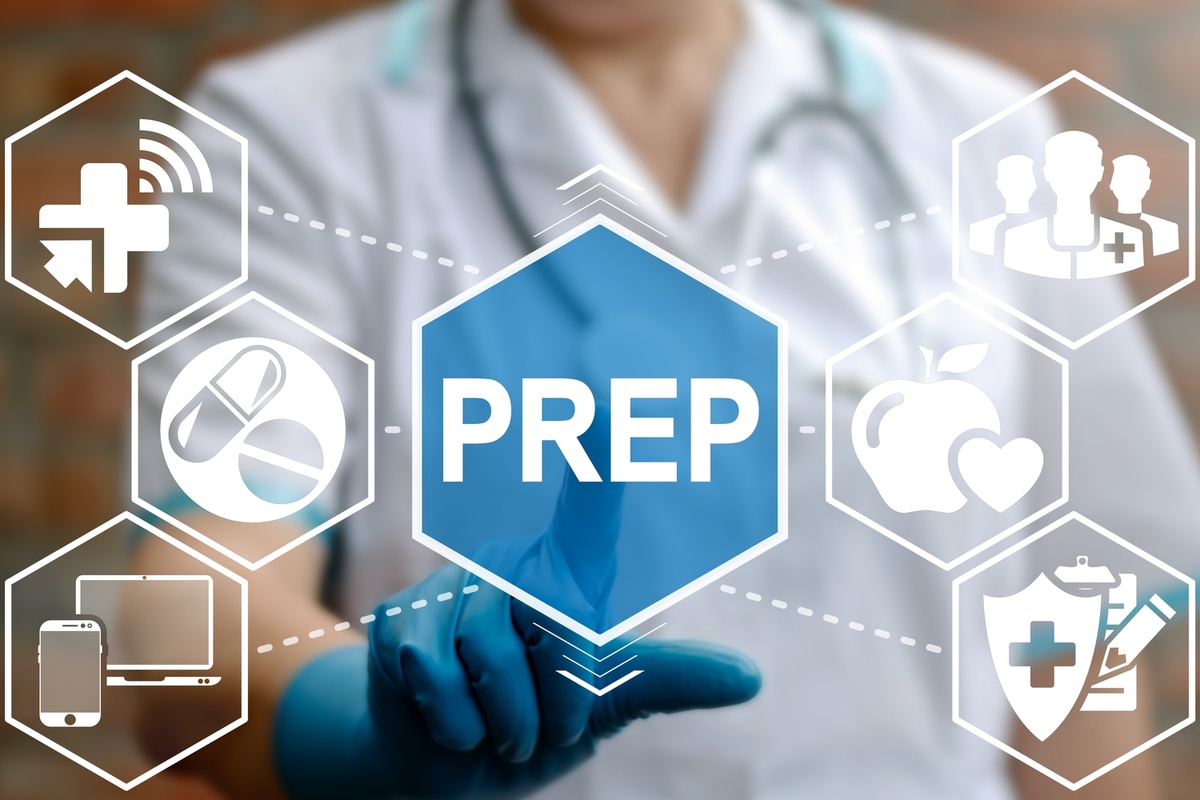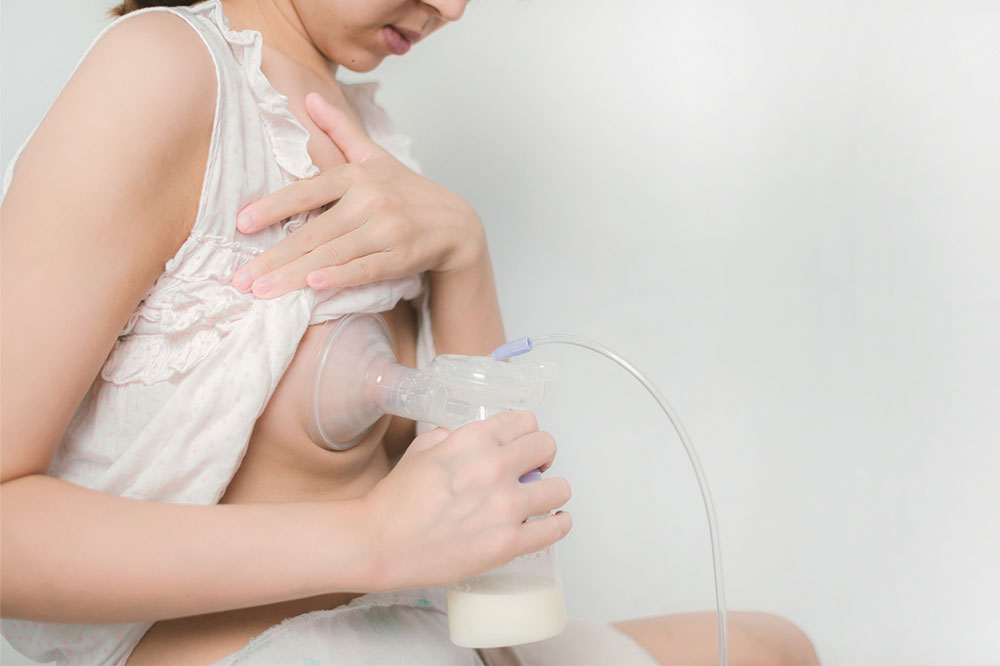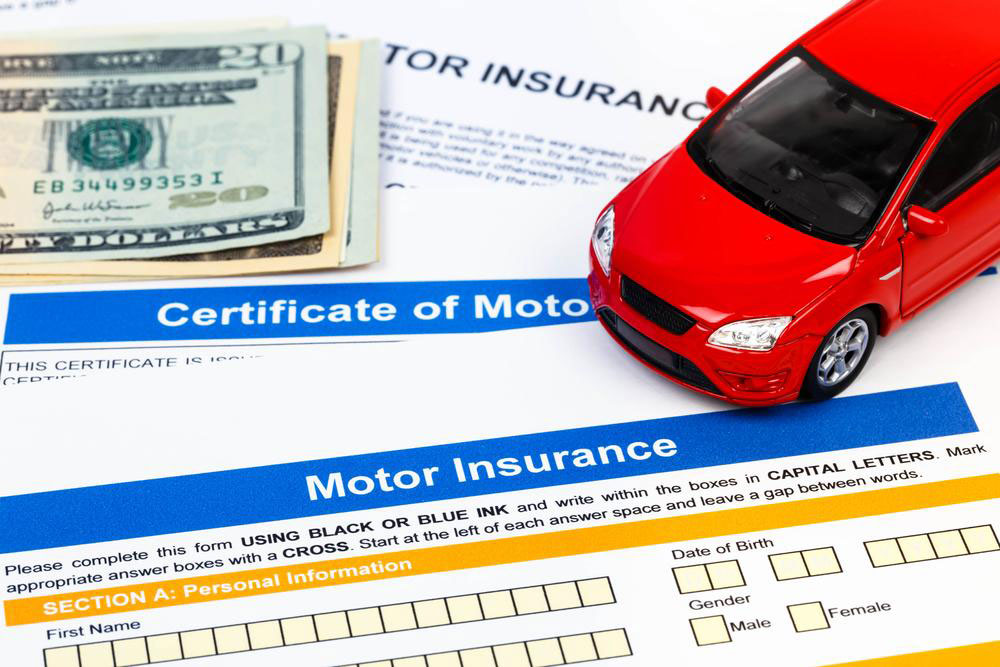A Complete Guide to PrEP Expenses with Insurance: What You Should Know
This article explores the costs associated with PrEP when insured, detailing factors like medication, doctor visits, and lab tests. It offers tips on reducing expenses through insurance coverage, assistance programs, and generic options, making HIV prevention accessible and affordable for high-risk individuals.

Understanding PrEP Costs with Insurance: Essential Insights
Pre-exposure prophylaxis (PrEP) is a vital strategy for preventing HIV, significantly lowering transmission risk among high-risk groups. As demand grows, many wonder about the actual costs involved when insured. This article highlights the factors affecting PrEP pricing with insurance and how coverage influences your expenses.
What Is PrEP?
PrEP involves taking medication regularly to prevent HIV infection. Currently approved by the FDA, these medications can cut the risk of infection by up to 99% when taken correctly.
Key Factors Impacting PrEP Costs with Insurance
Even with insurance, several elements influence the overall cost of PrEP, including doctor visits, lab tests, and medication charges. Let's examine these factors:
1. Insurance Type and Coverage
Your insurance plan largely determines your expenses. Most private health plans cover PrEP, but co-pays, deductibles, and out-of-pocket limits differ.
Private Insurance: Covers PrEP, but you might pay co-pays or coinsurance.
Medicaid: Typically covers all PrEP-related costs, including labs and doctor visits, varying slightly by state.
Medicare: Covers PrEP under Part D, but some costs for visits and tests may remain.
2. Co-pays and Deductibles
Co-pays are fixed payments for services or medications, while deductibles are the amounts paid before insurance coverage begins. Even with insurance, you might need to meet deductibles first.
Average Co-pays: Range from $0 to $50 for visits or labs, and $0 to $150 per month for PrEP medication.
Deductibles: Can be hundreds or thousands of dollars upfront if your plan requires you to meet one.
3. Generic Versus Brand-Name PrEP
Generic options are much more affordable, often fully covered by insurance.
Generic PrEP: Costs about $60–$80 monthly without insurance; often fully covered or with a minimal co-pay when insured.
Brand-Name: Can cost up to $2,000/month without coverage, but most plans cover a large portion.
4. Assistance and Discount Programs
When insurance doesn't fully cover costs or copays are high, assistance programs can help:
Gilead's Program: Offers co-pay assistance bringing costs close to $0 monthly.
Patient Support Programs: Organizations may provide full medication and service coverage for those in need.
5. Routine Lab Tests and Medical Visits
Monitoring includes blood tests and regular doctor visits, which insurance may partially or fully cover, depending on your plan.
Lab Tests: Cost around $500 annually without insurance, often fully covered with insurance.
Doctor Visits: Cost between $50–$150, with insurance reducing or eliminating these costs.
Sample Cost Overview with Insurance
| Expense Category | Estimated Cost Without Insurance | Estimated Cost With Insurance |
|---|---|---|
| PrEP Medication (Brand) | $1,500–$2,000/month | $0–$150/month |
| Generic PrEP | $60–$80/month | $0–$30/month |
| Doctor Visits | $50–$150 | $0–$50 |
| Lab Tests | $500/year | $0–$150/year |
| Deductibles | N/A | $0–$1,500/year |
Tips to Reduce PrEP Costs
To lower expenses, consider these steps:
Review your insurance coverage details for PrEP services.
Leverage assistance programs like co-pay coupons or nonprofit aid.
Select generic PrEP options for cheaper, often fully covered medication.
Consult your healthcare provider for guidance on maximizing your benefits and accessing assistance programs.
While costs vary based on coverage, many can access affordable PrEP through insurance and support initiatives. Understanding your plan and utilizing available resources ensures PrEP remains an accessible HIV prevention approach.
Sources:
Gilead Advancing Access Program
Healthline: PrEP Costs
This guide explains PrEP expenses with insurance and offers practical tips to minimize costs, ensuring affordable HIV prevention for more individuals.










